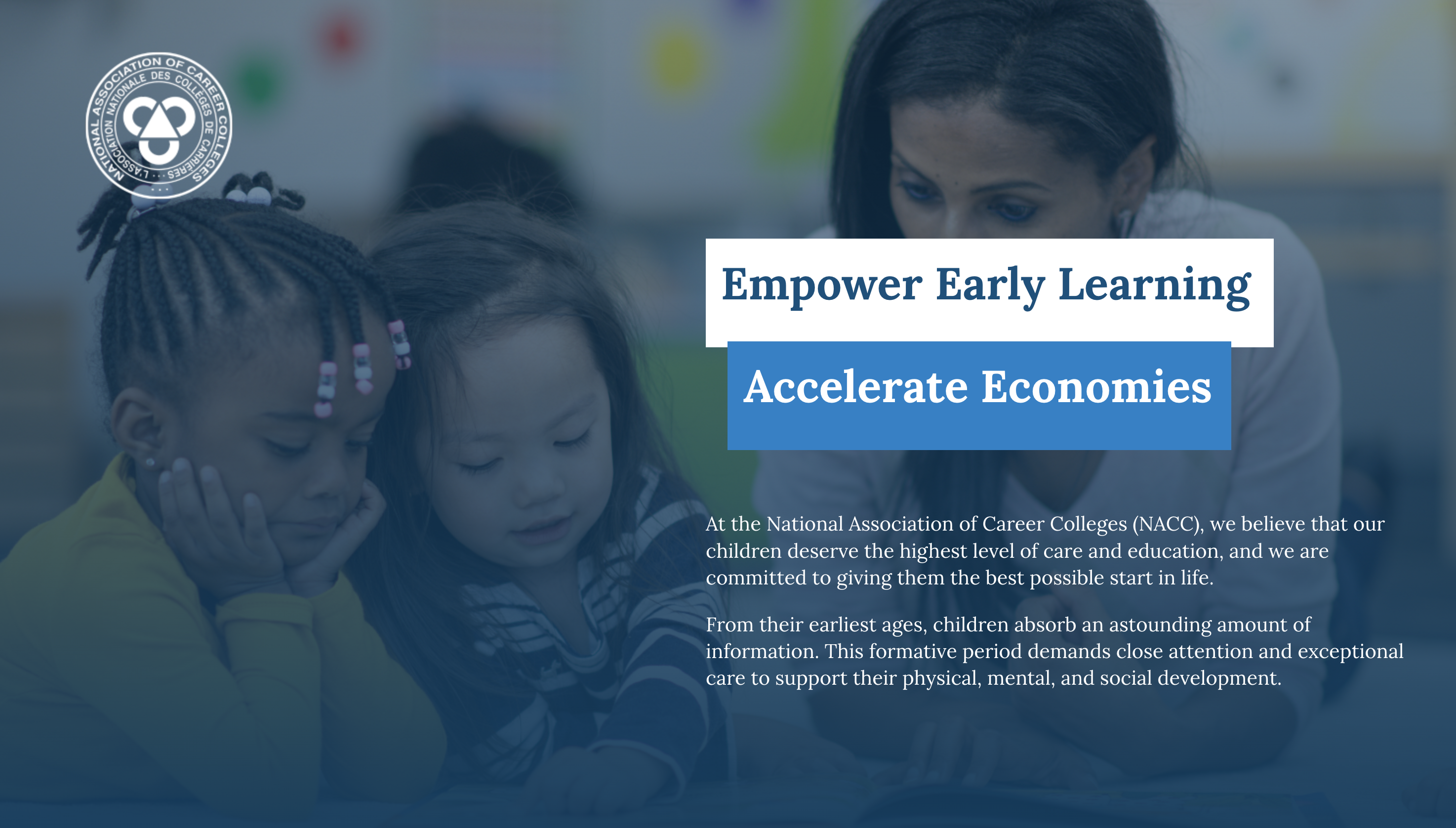on
BY PAUL JUNOR
The ongoing challenges, struggles and obstacles that Canadian parents face as they seek childcare spots for their children is a vital issue that has been in the news.
There has been a lot of attention on the federal government’s plan to provide high-quality child care at an average of $10 per day. This was anticipated to provide up to 250,000 child care spaces by 2026. Unfortunately, the lack of qualified Early Childhood Educators (ECEs) and Early Childhood Assistants (ECAs) to fill these spots has been a challenge.
An important report titled, “Early Childhood Education and Care in Canada 2023,” published by the Childcare Resource and Research Unit highlights some important issues. It is an independent, on-partisan policy research institute that focuses on early childhood education and social and family policy. The mandate of the institute is “to work towards a: universal high quality, publicly funded and treasured early childhood education care system. The foundations of the institute are based on the premise that the best possible evidence about policy and practice, drawn from multidisciplinary research and policy analysis, has a key role in informing, developing and interpreting public policy.
The Institute mentioned details about the Canadian-Wide Early Learning and Child Care (CWELCC), which is Canada’s first federal/provincial/territorial/Indigenous child care plan to be sustained long enough for governments to begin putting child care provisions for all children and families in place. It was introduced in the April 2021 budget and received royal assent on March 19th, 2024. It was known as Bill C-35: An Act Respecting Early Learning and Child Care. Since this $ 27 billion program was launched by the federal government in 2021 there have been several challenges such as: rocky rollout, lack of available spaces and battle with Ontario and Alberta about the role of private, for-profit operators.
The National Association of Career Colleges (NACC), which was established in 1896 has been active in seeking ways to address these challenges. According to its Facebook page NACC exists to serve its members and support students of regulated career colleges.”
In its campaign material for early learning and child care, NACC mentioned that they believe that our children deserve the highest level of care and education, and we are committed to giving them the best possible start in life. From their earliest ages, children absorb an astounding amount of information. This formative period demands close attention and exceptional care to support their physical, mental and social development.
I interviewed Michael Sangster, CEO of NACC on Friday, October 11th, 2024, regarding the: programs, services, and initiatives that it offers to address the need for more ECEs and ECAs. Mr.Sangster voiced his support for the federal child care program and his belief that NACC-through its member organizations- has the tools to ensure that these educational professionals are trained to meet the growing demand.
Through its Early Learning and Childcare campaign titled, “Empower Early Learning Accelerate Economics,” it has sought to increase awareness of the challenges in the ELCC sector and is providing proactive strategies and workable answers to the crisis.
Mr. Sangster is on a mission to encourage those who are interested in careers in Canada’s childcare sector to pursue studies at one of NACC’s regulated career colleges (RCCs). He mentioned that women are disproportionately impacted by the shortage of adequate child care workers as they have to forgo promotional opportunities, or job offers and, in many cases, take longer to return to work after their maternity leave, because of lack of childcare spaces.
Mr. Sangster believes that the programs offered by these regulated career colleges are a crucial solution to the burgeoning demands for childcare.
“With a 90%-100% employment rate after graduation and flexible options for adult and mature learners, RCCs are an exciting opportunity for learners looking to make a difference in their community,” said Sangster. Furthermore, he notes, “With year-round graduation rates, our colleges are helping to address the childcare crisis, and provide meaningful careers to thousands of people across Canada.”
NACC is committed to helping solve this crisis through its collaborative partnerships with varied stakeholders such as: government, industry and educational institutions. The high-quality programs offered by RCCs equip graduates to satisfy high certification standards and acquire the skills, knowledge and expertise that will address the critical shortage of childcare providers.
Stay in the loop with exclusive news, stories, and insights—delivered straight to your inbox. No fluff, just real content that matters. Sign up today!
With a last name that means “Faithful and loyal,” it is no wonder that Paul Junor has become a welcomed addition to the Toronto Caribbean Newspaper Team. Since 1992, Paul has dedicated his life to become what you call a great teacher. Throughout the years, he has formed strong relationships with his students and continues to show them that he cares about them as people. Paul is a warm, accessible, enthusiastic and caring individual who not only makes himself available for his students, but for his community as well.













